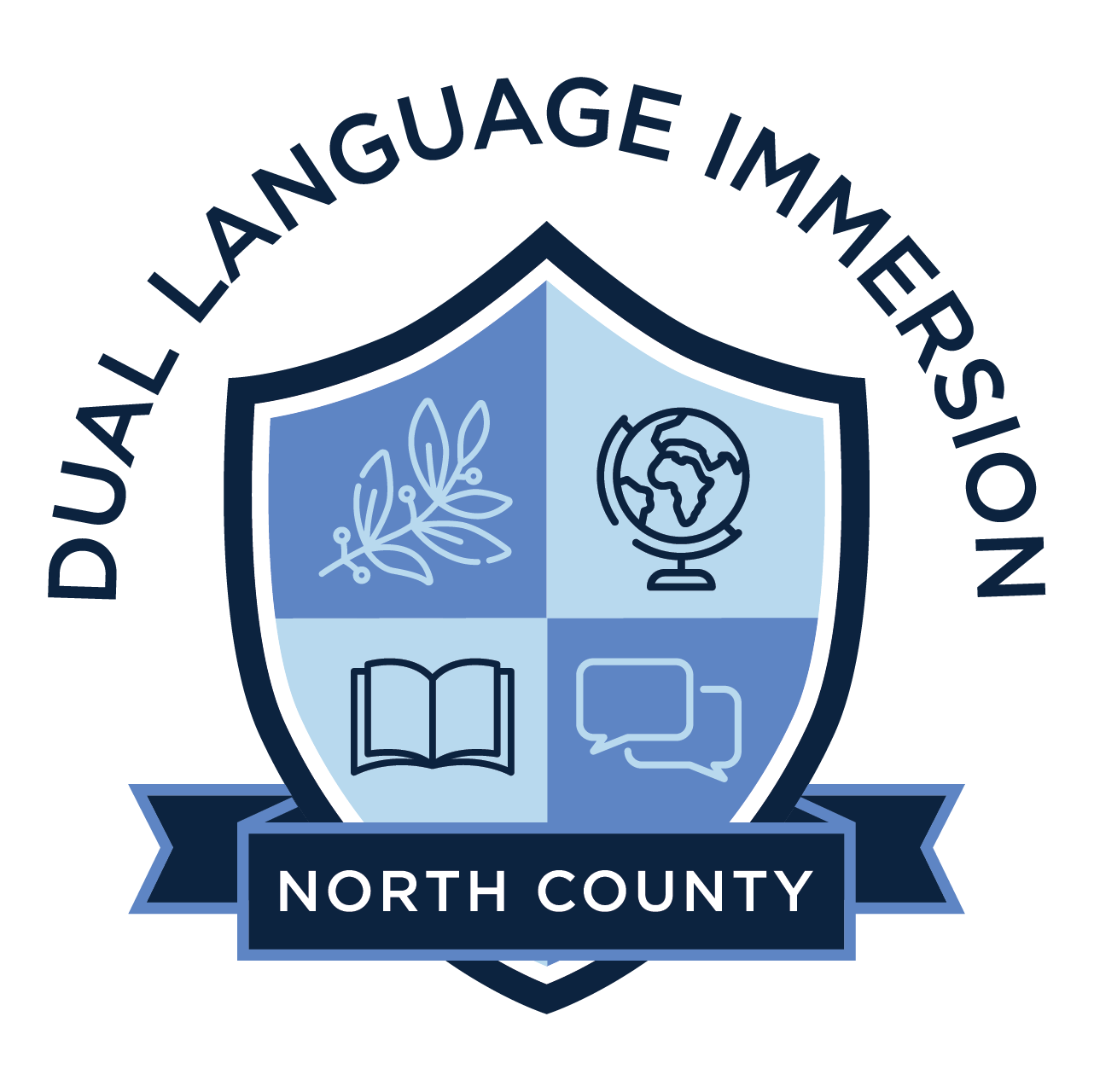
Why Choose a Dual Language Program?
Dual immersion students’ test scores surpass those of their peers.
A more global society is giving way to growing acceptance of multilingualism. Several factors
have begun to transform parents’ and educators’ views on the matter: new and broader research, which suggests bilingualism not only increases one’s ability to make a global contribution, it is also beneficial to one’s individuality and intellect.
Researchers from Washington State University found that bilingualism is associated with control over attention, improved memory, and greater structural awareness of language.[1] Additional research has shown that students who experience bilingual education in dual immersion programs achieve at or above the level of their peers in mainstream programs. Dual Immersion students begin their academic careers with slightly lower standardized test scores than those of their peers, but they make steady progress across the grades, until sixth grade, at which time they are usually language proficient. By eighth grade, dual immersion students’ test scores surpass those of their peers.[2]
There are also economic advantages to bilingualism, particularly in California, which has the largest economy in the country.[3] Educators say that the Seal of Biliteracy, which represents bilingualism, could give students an advantage for college scholarships, internships, and jobs which might not otherwise be available to them.[4] A recent survey of business leaders in California did demonstrate greater value for bilinguals over monolinguals for upper management positions.[5]
Dual Language Immersion North County is an example of a two-way immersion program which uses a 90:10 model of instruction.
[1] Goldenberg and Wagner, 2014
[2] Lindholm-Leary, 2015
[3] Moraga, 2010
[4] Mitchell, 2015
[5] Martinez Plan, 2016
